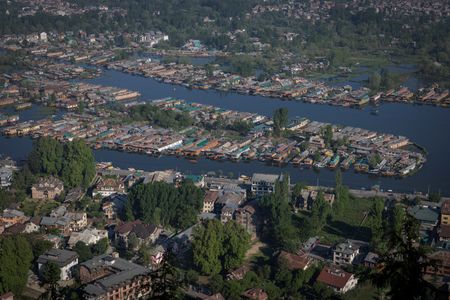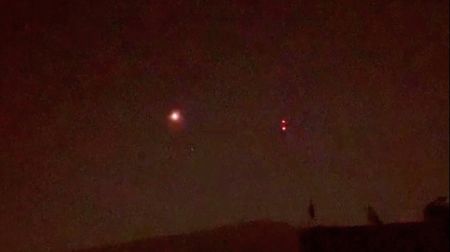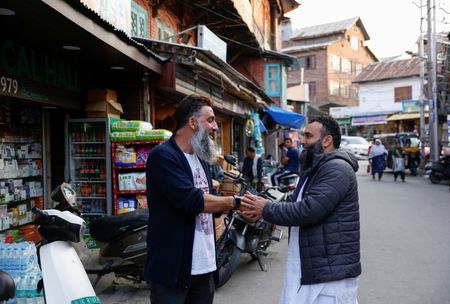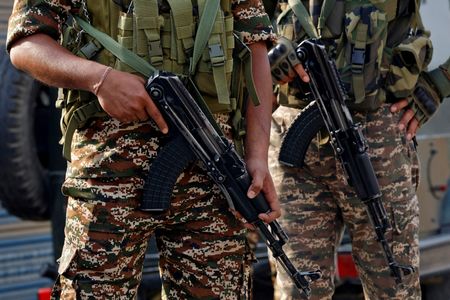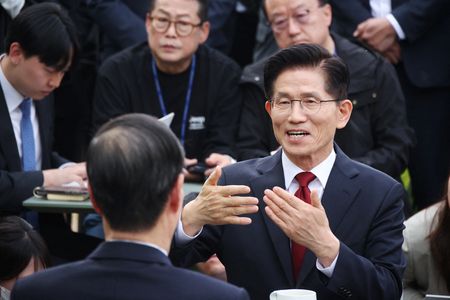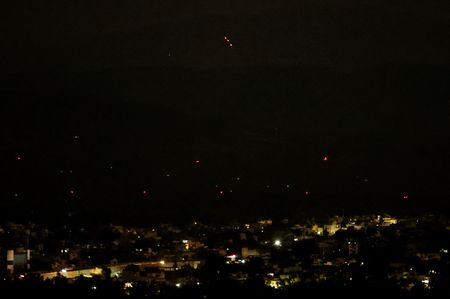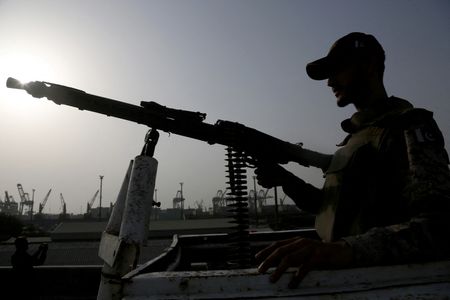NEW DELHI (Reuters) -India and Pakistan agreed to stop firing along their border on Saturday, bringing an end to the escalated tensions between the two arch-rivals after multiple strikes were launched against military bases.
The Muslim-majority Himalayan region of Kashmir, which is claimed in full by both India and Pakistan, has been the site of several wars and diplomatic standoffs.
Here is a look at the region, its history, and why itcontinues to be a source of tension between the two countries:
PARTITION AND ACCESSION
After partition of the subcontinent in 1947 followingindependence from British rule, Kashmir was expected to becomepart of Pakistan, as with other Muslim-majority regions. ItsHindu ruler wanted it to stay independent but, faced with aninvasion by Muslim tribesmen from Pakistan, acceded to India inOctober 1947 in return for help against the invaders.
GEOGRAPHY AND DEMOGRAPHICS
Kashmir ended up divided among Hindu-majority India, whichgoverns the Kashmir Valley, Jammu and Ladakh; Islamic Pakistan,which controls Azad Kashmir (“Free Kashmir”) and the NorthernAreas; and China, which holds the Aksai Chin region.
Indian-administered Kashmir has a population of around 7million, of whom nearly 70% are Muslim.
ARTICLE 370
A provision of the Indian constitution, Article 370,provided for partial autonomy for Jammu and Kashmir. It wasdrafted in 1947 by the then-prime minister of the state, SheikhAbdullah, and accepted by India’s first prime minister,Jawaharlal Nehru. Although intended as temporary, it wasincluded in India’s Constitution in 1949 by the constituentassembly.
WARS AND MILITARY STANDOFFS
India and Pakistan have fought three wars sinceindependence, two of them over Kashmir in 1947 and 1965. Athird in 1971 led to the creation of Bangladesh. In 1999, theyclashed again in the Kargil region in what was described as anundeclared war. A U.N.-brokered ceasefire line, the Line ofControl, now divides the region.
THE INSURGENCY
Many Muslims in Indian Kashmir have long resented what theysee as heavy-handed rule by India. In 1989, that bubbled overinto an insurgency by Muslim separatists. India poured troopsinto the region and tens of thousands of people have beenkilled.
India accuses Pakistan of arming and training militants,which Islamabad denies, saying it offers only moral anddiplomatic support.
REVOKING OF SPECIAL STATUS
In August 2019, Prime Minister Narendra Modi’s Indian governmentrevoked Kashmir’s semi-autonomous status in a move it said wouldbetter integrate the region with the rest of India. Thestate was reorganised into two federally administered unionterritories – Jammu and Kashmir, and Ladakh. Pakistan stronglyobjected, downgrading diplomatic ties.
RECENT YEARS
Modi says his 2019 decision brought normality to Kashmirafter decades of bloodshed. Violence has tapered off in recentyears, according to Indian officials, with fewer large-scaleattacks and rising tourist arrivals. Targeted killings ofcivilians and security forces are still reported, however.
2024 ELECTIONS
In 2024, Jammu and Kashmir held its first local electionssince the 2019 revocation of autonomy. Several newly electedlawmakers urged a partial restoration of Article 370. Keyregional parties boycotted or criticised the vote, saying thewinners would not get any real political power.
2025
Tensions escalated after an attack on April 22 in the resort town of Pahalgam in Indian Kashmir in which 26 men, mostly Hindus, were killed. India identified two of the three suspected militants as Pakistanis, although Islamabad denied any role.
Among a slew of tit-for-tat reprisals, India suspended the 1960 Indus Water Treaty regulating the sharing of water from the river and its tributaries.
India launched attacks on May 7 on what it said were “terrorist camps” in Pakistan, including in Pakistani Kashmir.
Strikes and counter-strikes against each side’s military installations followed.
On Saturday, May 10, after concerted U.S. diplomacy and pressure, the two nations said they had agreed to a “full and immediate ceasefire”.
(Complied by Surbhi Misra and Tanvi Mehta; Editing by Kevin Liffey)

